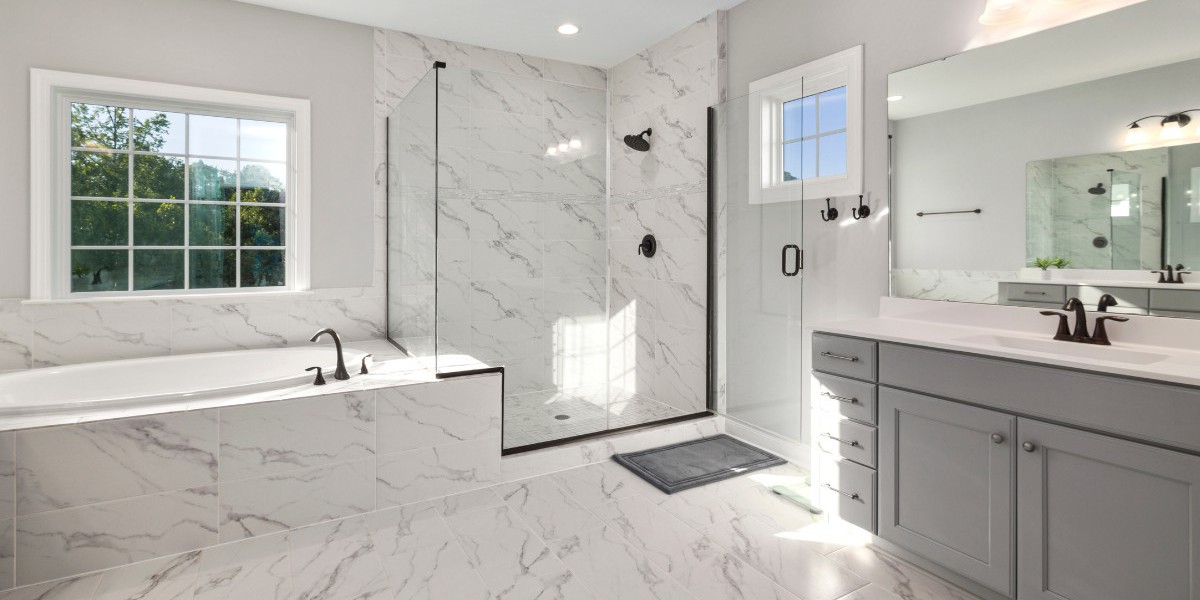Welcome to the definitive guide on ducting ventilation systems! Whether you're a homeowner, a business owner, or an HVAC professional, this article will equip you with the knowledge needed to understand, manage, and optimize ducting ventilation in any setting. We'll explore the fundamentals of ducting ventilation, discuss its various components, delve into installation and maintenance best practices, and address common FAQs. So, let's dive in and demystify the world of ducting ventilation!
Ducting Ventilation
Ducting ventilation, often referred to simply as ductwork, is a network of conduits used to distribute air throughout a building or structure. These ducts facilitate the flow of air from heating, ventilation, and air conditioning (HVAC) systems to different areas, ensuring proper ventilation and temperature control. Understanding the basics of ducting ventilation is crucial for anyone involved in building design, construction, or maintenance.
Components of Ducting Ventilation Systems
Ducting ventilation systems consist of several key components, each playing a vital role in the overall functionality and efficiency of the system. Let's take a closer look at these components:
Air Intake Vents
Air intake vents serve as entry points for fresh air into the ducting system. These vents are strategically located to allow for optimal airflow and ventilation.
Ducts
Ducts are the conduits through which air travels from the HVAC unit to various rooms or zones within a building. These ducts come in different shapes, sizes, and materials, depending on the specific requirements of the building.
Air Filters
Air filters help remove dust, debris, and other airborne particles from the air before it enters the ducting system. Clean air filters are essential for maintaining indoor air quality and preventing HVAC system malfunctions.
Dampers
Dampers are adjustable valves or plates installed within ducts to regulate airflow. By opening or closing dampers, airflow can be directed to specific areas or adjusted to achieve desired temperature levels.
Registers and Grilles
Registers and grilles are components located at the end of ducts, serving as outlets for conditioned air to enter rooms. These components come in various designs and sizes to suit different aesthetic and functional preferences.
Exhaust Vents
Exhaust vents expel stale air from the building to the outside environment, promoting air circulation and preventing the buildup of contaminants indoors.
Insulation
Insulation helps prevent heat loss or gain within ducts, improving energy efficiency and reducing heating and cooling costs.
Installation and Maintenance
Proper installation and regular maintenance are essential for ensuring the optimal performance and longevity of ducting ventilation systems. Here are some tips for installation and maintenance:
Professional Installation
Always hire qualified HVAC professionals for ducting ventilation installation to ensure proper sizing, sealing, and configuration of ductwork.
Regular Inspections
Schedule routine inspections of ducting systems to check for leaks, blockages, or other issues that may affect performance.
Air Duct Cleaning
Periodic cleaning of air ducts helps remove accumulated dust, mould, and debris, improving indoor air quality and system efficiency.
Filter Replacement
Regularly replace air filters to prevent clogging and maintain optimal airflow and filtration efficiency.
Seal Leaks
Seal any leaks or gaps in ductwork to prevent air leakage, which can lead to energy waste and decreased system performance.
Benefits of Proper Ventilation
Adequate ducting ventilation offers numerous benefits, including:
- Improved Indoor Air Quality
- Enhanced Comfort and Temperature Control
- Energy Efficiency
- Reduced Risk of Mold and Mildew Growth
- Extended HVAC System Lifespan
Common FAQs about Ducting Ventilation
Here are some frequently asked questions about ducting ventilation:
- How often should air ducts be cleaned?
- Can I install ducting ventilation myself, or do I need professional help?
- What are the signs of ductwork leaks?
- How can I improve the airflow in my ducting system?
- Are there eco-friendly options for ducting insulation?
- What maintenance tasks can I perform myself to keep my ducting system in good condition?
Ducting ventilation is a vital component of any building's HVAC system, ensuring proper airflow, ventilation, and temperature control. By understanding its principles, components, and maintenance requirements, you can optimize indoor air quality, energy efficiency, and overall comfort. Whether you're a homeowner or a facilities manager, the insights provided in this guide will help you make informed decisions regarding ducting ventilation systems.



